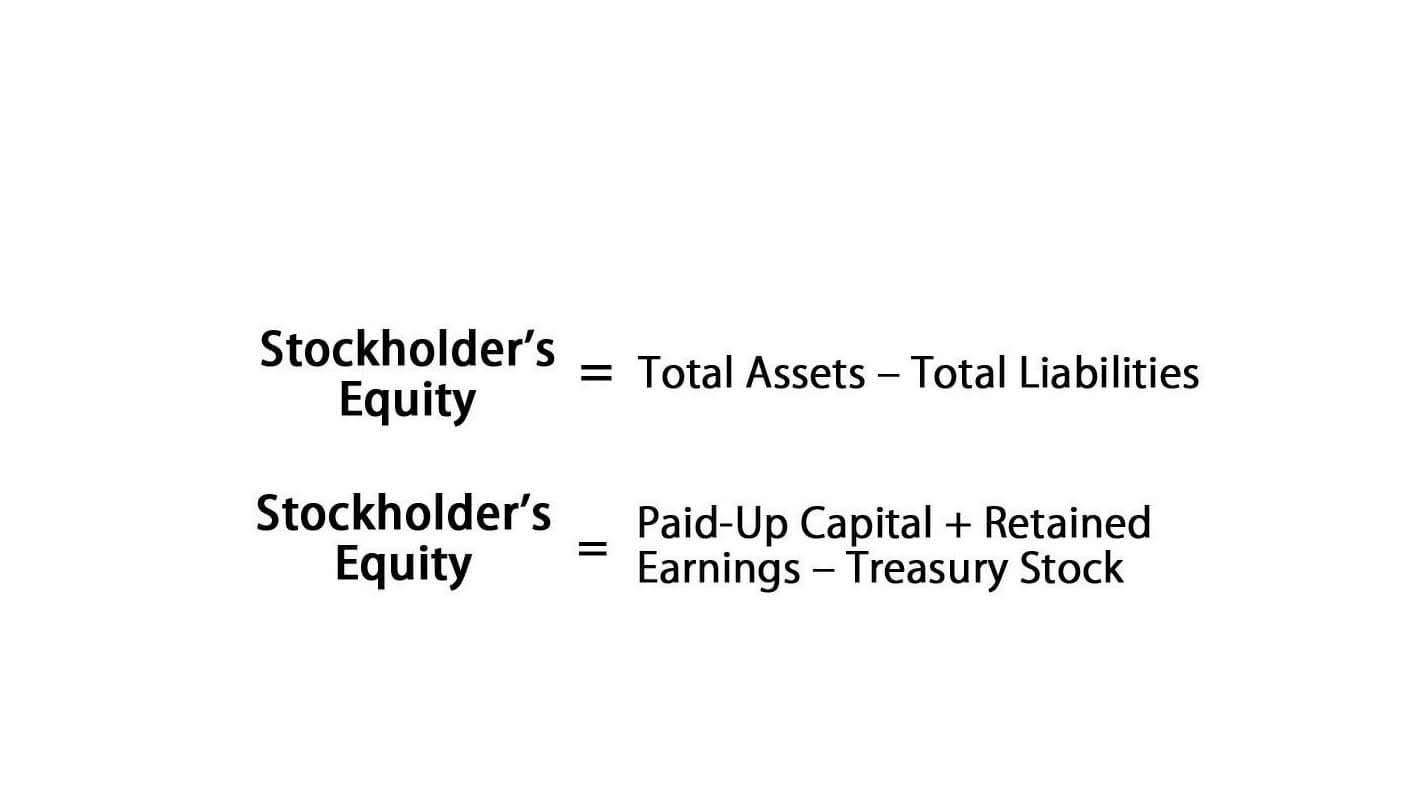
It represents the amount of product lost or wasted due to defects or inefficiency in the manufacturing process after it what is standard costing reaches the final production stage. The basic objective of standard costing is to measure the differences between standard costs and actual costs, and analysing them to maintain the productivity of the organization. The management uses it to assess the validity of the actual costs incurred during the period. The difference between the standard and actual costs aids management in understanding how closely actual costs match expectations and helps it choose its next course of action. For instance, if the material’s actual cost is significantly higher than expected, management may consider why.

Establishing standards

This technique is a valuable aid to the management in determining prices and formulating production policies. Standard costing equips cost estimates while planning the production of new products. In the areas of Accounting, Cost Accounting and Management Accounting, Standard Costing enjoys a significant gross vs net place in acting as a cost controlling and cost reducing managerial tool. Standard cost helps to prescribe standards and the attention of the management is drawn only when the actual performance is deviated from the prescribed standards. Furthermore, the management of the business, before setting up a standard cost system, should classify and codify all the relevant costs. This makes it easier for different costs to be traceable within the system.
- An example is the cost of the electricity needed to operate the machines that cut and sew the denim.
- Many plans for rewarding workers, supervisors, and managers make use of standards.
- The system of standard costing, thus, involves various steps—from the setting up of standards to finally exercising control over costs.
- However, cost accounting professionals must not be comfortable with easy.
- Standard costing is fated to disappear into history like many other tools and techniques that were once useful but have now been replaced by something better (and less expensive!).
- It means that the actual costs are higher than the standard costs and the company’s profit will be $50 less than planned unless some action is taken.
Constraint for Service Industry
If a company’s process is not structured properly or if the data being used is inaccurate, then the accuracy of the resulting costs will be compromised. Accurate data, however, is necessary for standard costing to be effective. Relying on standard costing can lead to suboptimal decision-making as it is often based on assumptions that may not accurately reflect the true cost of production. This could result in decisions based on inaccurate information, leading to potential overspending or loss of profitability. Additionally, standard costs can give a false sense of security, making it seem like revenues will meet projections even if underlying economic conditions threaten performance.
- Workers may become demotivated if they consistently fail to meet these standards, leading to decreased productivity and possibly higher turnover.
- It is important to note that Standard Cost Variances are not always bad.
- Standard costing offers advantages in some areas of accounting, such as management accounting and cost accounting.
- In addition, if the standard cost is too high, it could lead to financial losses for the company.
- Standard cost help provide guidance for various managerial functions like formulating company policies and determining overall costs of operation.
- While you don’t want to skimp on quality, you also don’t want to overspend on a system that’s more than you need.
How do you know which system is best for decision-making and profitability analysis? Standard Costing
Management can use it for decision-making processes such as pricing products or services, advertising strategies, and new real estate cash flow product development. Standard costing for inventory is a system where companies assign predetermined costs to inventory items. The difference between the standard and actual costs is known as a variance. The variance indicates a deviation from what was recorded in the profit plan. Management can likely anticipate a lower profit if actual costs exceed the standard.
Procurement planning

Carefully planned and operated procedures, as required under this system in respect of recording of prices, time, quantities etc. might not have been adopted. Due to play of random factors variances cannot sometimes be properly explained and at times it is difficult to make a distinction between controllable and non- controllable variances. Precise estimation of likely prices of material or rates of labour poses a problem. However, use of sophisticated forecasting techniques can assist to a great extent.
- This can indicate that a business is overspending and may not have enough funds to cover the shortfall.
- Because the variance occurred several weeks ago, some of the data may no longer be relevant, even though it could still be helpful.
- They first use them to develop future production processes and boost productivity.
- The sales department uses a database of component costs that vary depending on the number of units the customer wants to order, making this system potentially quite complex.
- Companies will use standard costs as a benchmark when setting prices or making decisions.
- The resulting standard costs will be inaccurate if you make incorrect assumptions about your production process.
It is also used to determine unit costs of items processed in service businesses, such as a bank’s cost to process a check or deposit. If all of the materials were used in making products, and all of the products have been sold, the $3,500 price variance is added to the company’s standard cost of goods sold. A portion of these fixed manufacturing overhead costs must be allocated to each apron produced.
